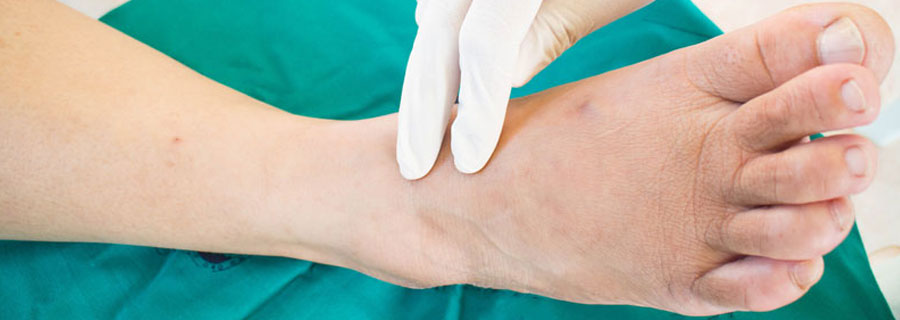Diabetic Foot and Limb Salvage

Diabetic foot and limb salvage refer to the efforts and treatments aimed at preserving the limbs of individuals with diabetes who are at risk of developing complications that could lead to amputation. Diabetes can cause damage to the nerves (neuropathy) and blood vessels (vascular disease), particularly in the feet and legs. This combination of neuropathy and vascular disease can lead to several problems, including diabetic foot ulcers, infections, and impaired wound healing. If not properly managed, these issues can progress and may ultimately require amputation.
To prevent amputation and salvage the limb, a multidisciplinary approach involving various healthcare professionals is often employed.
Here are some important aspects of diabetic foot and limb salvage:
- Early Detection and Regular Monitoring: Early detection of foot problems in individuals with diabetes is crucial. Regular foot examinations by a healthcare professional can identify any issues at an early stage, allowing for timely intervention.
- Diabetic Foot Ulcer Management: Foot ulcers are a common complication of diabetes and can be challenging to heal due to impaired circulation and neuropathy. Effective wound care, offloading (reducing pressure on the ulcer), and infection control are essential for promoting healing and preventing further complications.
- Offloading: Offloading involves techniques to redistribute pressure away from the foot ulcer, reducing the risk of further damage and promoting healing. This can be achieved through the use of special footwear, casts, or orthotic devices.
